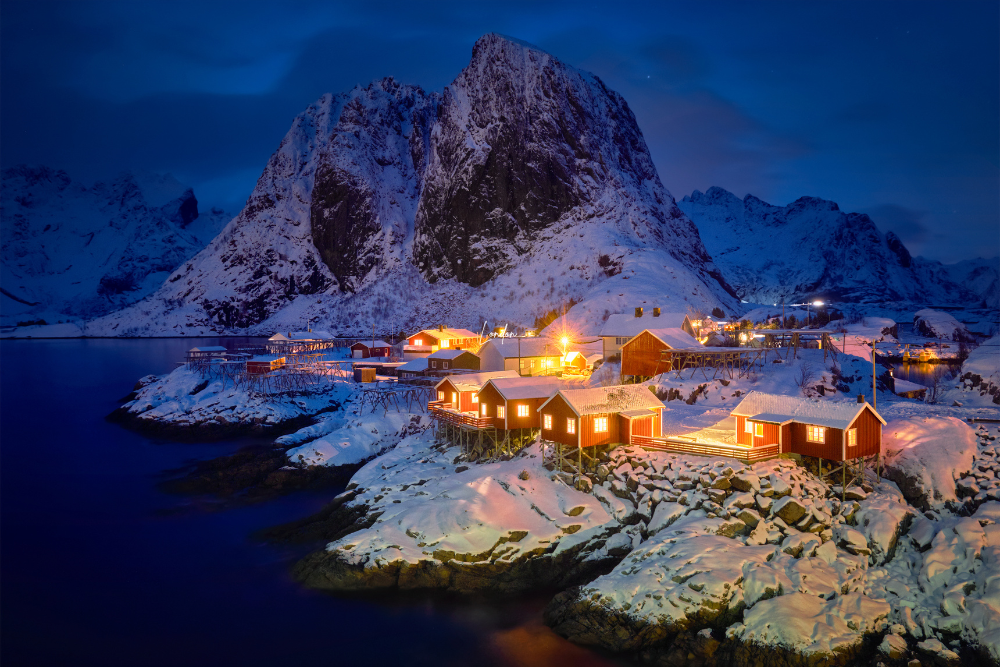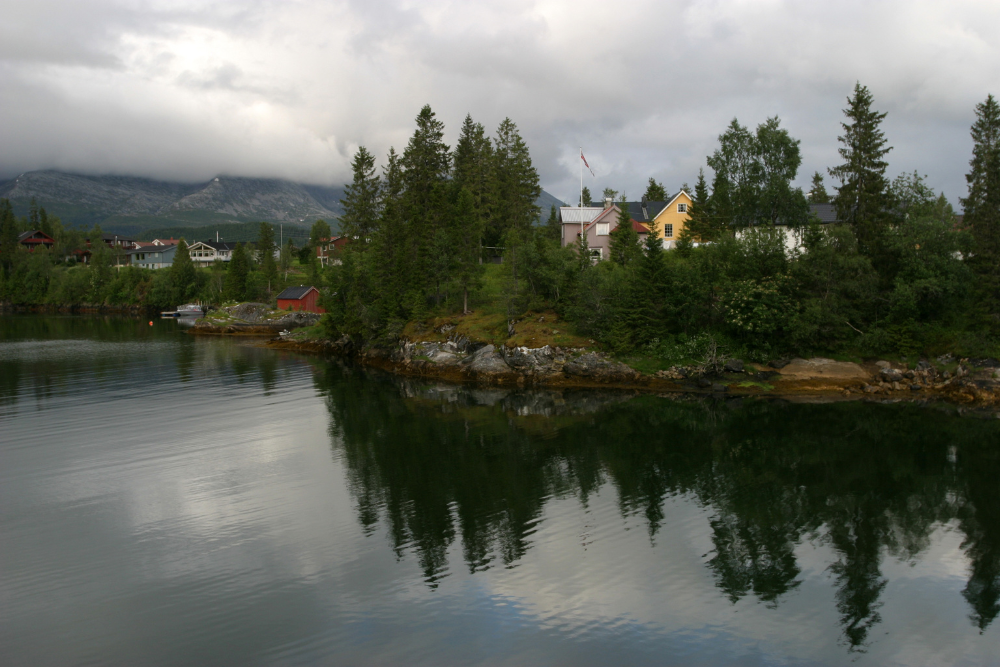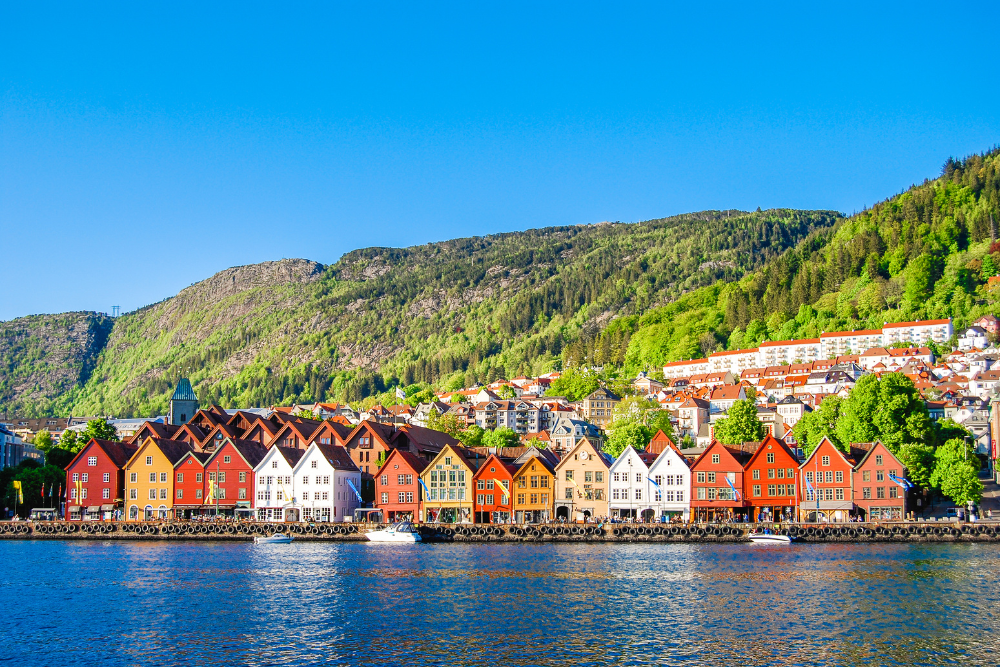The indigenous Sami people have lived in Norway’s northern regions for thousands of years, preserving their unique traditions, language, and way of life. Today, travelers can immerse themselves in Sami culture through authentic experiences that highlight their history, music, cuisine, and deep connection with nature. This guide explores the best ways to experience Norway’s Sami heritage.
1. Visit Sami Villages and Cultural Centers

One of the best ways to learn about Sami traditions is by visiting settlements and cultural centers.
- Kautokeino and Karasjok: These two towns in Finnmark are the heart of Norway’s Sami culture, home to important institutions like the Sami Parliament and museums dedicated to indigenous history.
- Sami Cultural Centers: Places like the Sapmi Park in Karasjok offer interactive exhibits, traditional storytelling, and demonstrations of Sami craftsmanship.
- Lavvu Experiences: Visitors can stay in a traditional Sami tent (lavvu) and enjoy stories around the fire, learning about the Sami way of life.
- Best Time to Visit: Winter months (December to March) offer the most immersive experiences with reindeer herding and the Sami Easter Festival.
2. Experience Traditional Reindeer Herding

Reindeer herding is central to Sami culture, and visitors can witness this age-old practice firsthand.
- Join Sami Reindeer Herders: Experience daily life with a Sami family and learn about the deep bond between the Sami people and their reindeer.
- Reindeer Feeding and Sledding: Participate in feeding reindeer or embark on a thrilling reindeer sledding adventure through snowy landscapes.
- Sami Joik Singing: Enjoy traditional Sami songs (joik), which are a form of musical storytelling passed down through generations.
- Best Time to Visit: Winter is ideal for reindeer sledding, while autumn offers a chance to see the great reindeer migration.
3. Discover Sami Handicrafts and Art

Sami craftsmanship, known as duodji, is an essential part of their cultural heritage.
- Handmade Silver Jewelry: Sami silverwork features intricate designs inspired by nature and mythology.
- Reindeer Leather Goods: Traditional Sami belts, shoes, and bags crafted from reindeer leather showcase their artisanal skills.
- Knife Making: The samekniv (Sami knife) is both a tool and a work of art, often decorated with bone carvings.
- Best Places to Buy: Sami markets in Karasjok and Jokkmokk (Sweden) are great places to find authentic handicrafts.
4. Savor Traditional Sami Cuisine

Sami cuisine reflects their nomadic lifestyle and deep connection to the Arctic environment.
- Bidos: A traditional reindeer stew with root vegetables, often served at Sami gatherings.
- Smoked and Dried Reindeer Meat: A staple of Sami diets, offering a rich and smoky flavor.
- Cloudberries: A prized Arctic berry used in desserts, jams, and sauces.
- Best Places to Eat: Try Sami restaurants like Storgammen in Karasjok or visit a traditional Sami camp for an authentic dining experience.
5. Celebrate Sami Festivals and Events

Sami festivals provide a vibrant glimpse into their customs and traditions.
- Sami National Day (February 6th): Celebrated across Norway with cultural performances, flag-raising ceremonies, and Sami music.
- The Sami Easter Festival: Held in Kautokeino, this event features reindeer races, concerts, and traditional joik performances.
- Jokkmokk Winter Market: One of the oldest Sami markets, held annually in Sweden, attracting artisans and traders from across Sápmi.
- Best Time to Visit: February and March are ideal for experiencing the most significant Sami celebrations.
Conclusion: Embracing Sami Heritage
Exploring Sami culture offers travelers a unique and enriching experience beyond Norway’s usual tourist attractions. Whether you’re learning about reindeer herding, enjoying a traditional Sami meal, or shopping for handcrafted souvenirs, you’ll gain a deeper appreciation for the rich heritage of Norway’s indigenous people. Plan your journey and immerse yourself in the world of the Sami!












